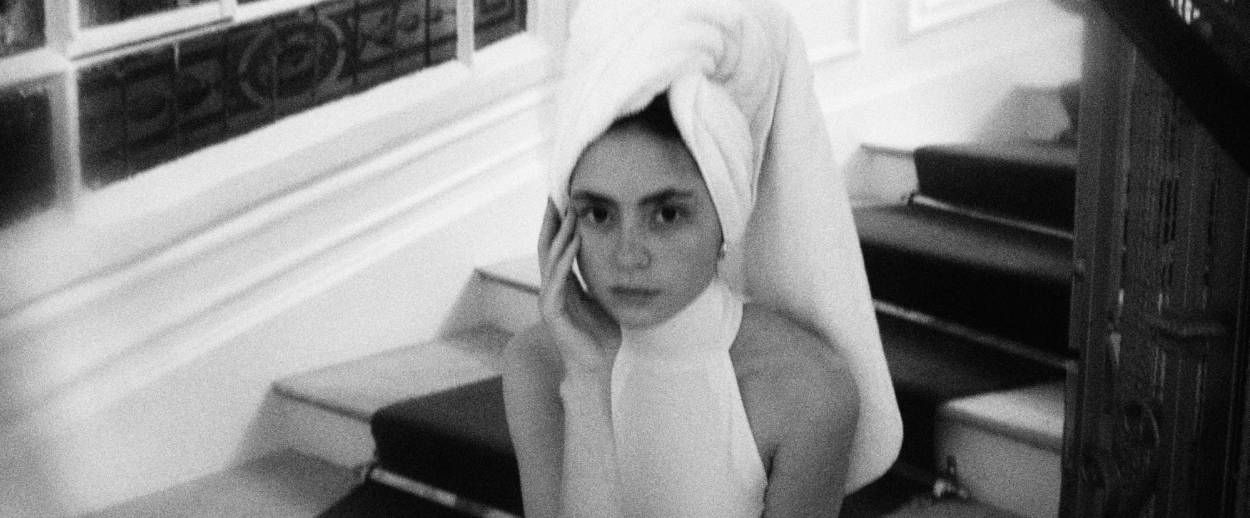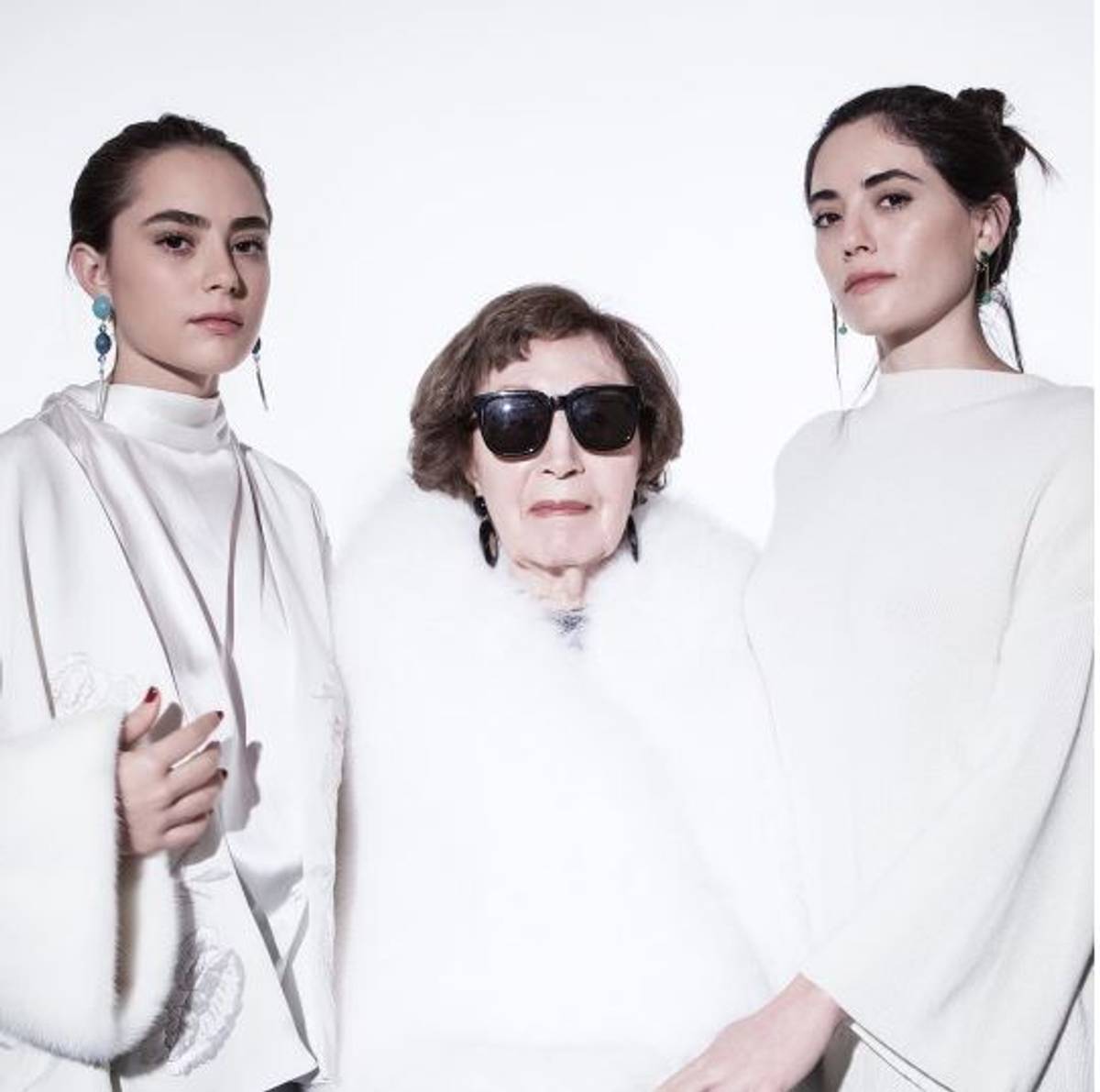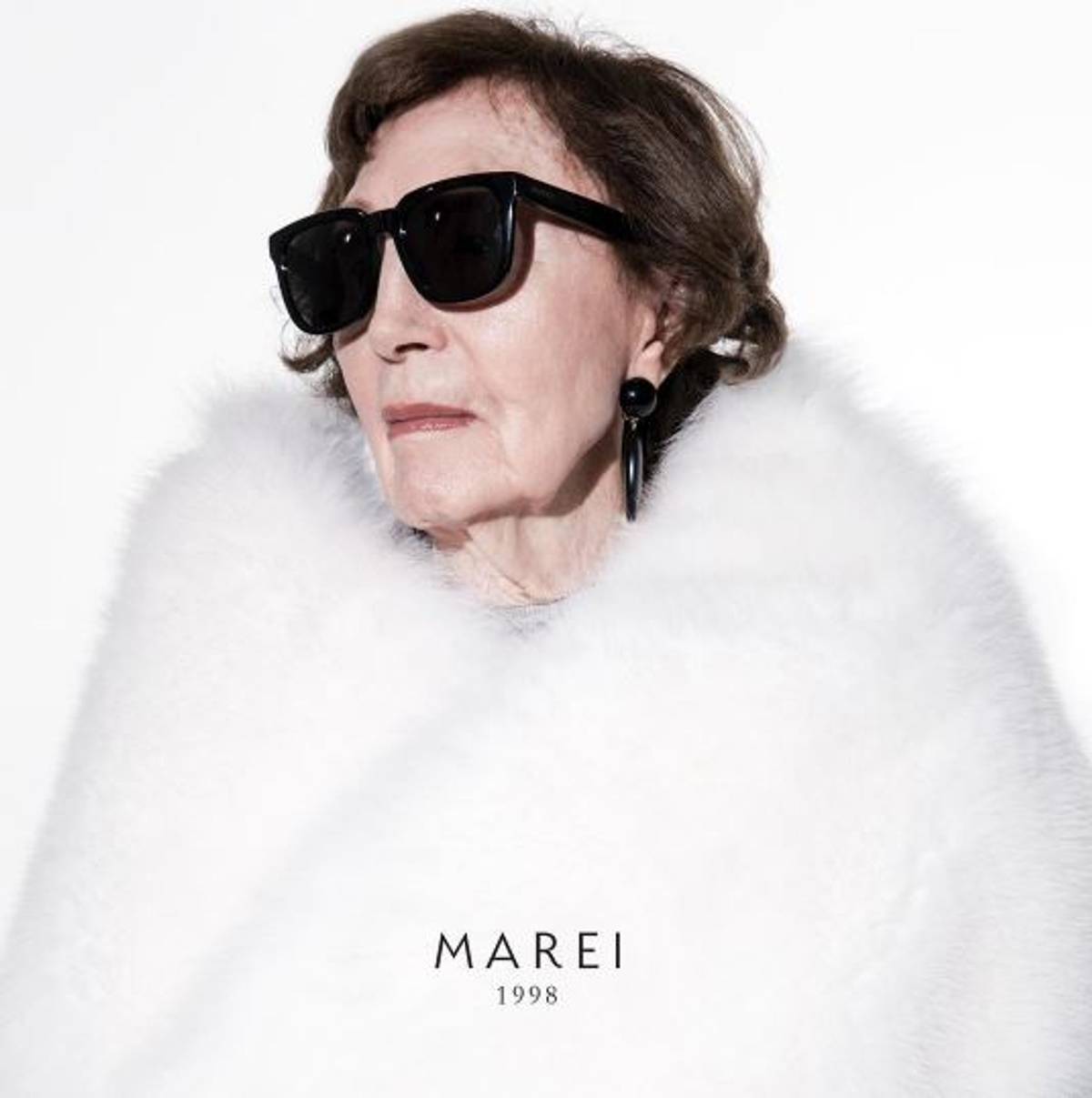Maya Reik’s Fashion Muse Is Her Bubbe
The 19-year-old Israeli designer behind the Marei 1998 label is proud to get many of her sartorial cues from her grandmother




Not every social media-savvy teen-ager is focused on capturing and disseminating the Zeitgeist of youth culture. Take Israeli fashion designer Maya Reik, for example, whose creations and romantic allusions to European elegance on Instagram largely stem from a somewhat unlikely influence in this day and age: her own grandmother.

Reik, 19, has been dreaming about fashion since she was a young girl in Beit Yanai, a moshav on the coast of Israel, north of Netanya. At 14, Reik dropped out of high school (and skipped IDF service) in order to volunteer with newly arrived African immigrants in Israel. During this period, she learned more deeply the mechanics of fashion design and textiles. She took classes at Shenkar College of Engineering, Design and Art in Ramat Gan, and her self-directed training included working at textile shops in Tel Aviv, on Nahalat Binyamin Street. Two years ago she developed her own line, called Marei 1998, and she’s released two collections, including one for this summer. In April, Reik debuted her fall/winter collection in Milan, which is now available at the influential boutique Moda Operandi. She’s currently working on Marei 1998 resort 2018 to show this July.
Her grandmother, whom she refers to as Safta Miriam, immigrated to Israel from Austria at the age of 2. Now 87, Reik calls her “an icon,” noting that her “sophisticated, timeless, and classy” style was “a huge part of the impetus to create Marei 1998.” Reik encapsulates Safta Miriam’s style in short: custom-made pants, a small jacket, a big hat, black sunglasses. “She collects her clothes from all over the world,” Reik said, adding that her grandmother’s international wanderings are “essential” to her aesthetic. (Fashion, it should be noted, runs in the family even more: Reik’s sister Lauren is a burgeoning jewelry designer.)
Reik currently works out of a studio in Jaffa, although her garments are sewn in Italy using the silks, cashmeres, cottons, and furs that Reik sourced locally, and from Turkey. She designs sensuous pieces, mostly gowns and robes, that demonstrate masterful drapery and relaxed structure while remaining very body-conscious. This most certainly is not casual Tel Aviv street wear. (Nor is it priced as such.)

“All of the inspiration for designs comes from my travels abroad,” Reik said, pointing to Japan, Italy and France as her favorite destinations. “I have this image of myself standing in front of the mirror wearing a huge fur coat that was much too big for me,” she told Vogue, recalling a visit to Rome at the age of 6. But she added that Israeli culture influenced her style in terms of modesty. “My clothes are suitable for a wide audience of women who do not want [to feel over-exposed].” It’s hardly surprising, then, that Reik points to Lanvin as her favorite fashion house, where Moroccan-Israeli designer Alber Elbaz revitalized the French operation for 14 years with his edgy take on drapery and modern yet sumptuous silhouettes.
Reik’s petite physical stature stands in contrast to her enormous capacity for hustle. Bypassing the usual models established within the clothing industry, launching a brand of your own, and landing trunk shows in Milan to get in front of influential fashion buyers is no small feat. “Being self-taught has only opened my horizons and removed the restrictions and formulas for success and creativity preached in classrooms,” she explained via email.
Reik’s grandmother helps serve as a living connection to past eras that inform her work, while living in Israel provides a certain cosmopolitan perspective. Sometimes, her grandmother even serves as a model. “Miriam will come by the studio if I am relentless enough, or will even drop by unexpectedly,” Reik explained. “For Instagram, it’s usually a very quick and effortless photo that I can take of her. And on occasion, she will agree to pose in a photo for a more formal shoot.”
Previous: Candy From Outer Space
Jessica Ritz is a freelance writer in Los Angeles.